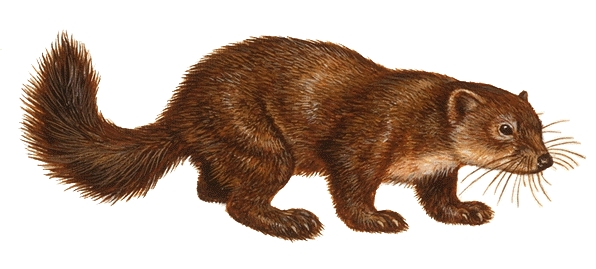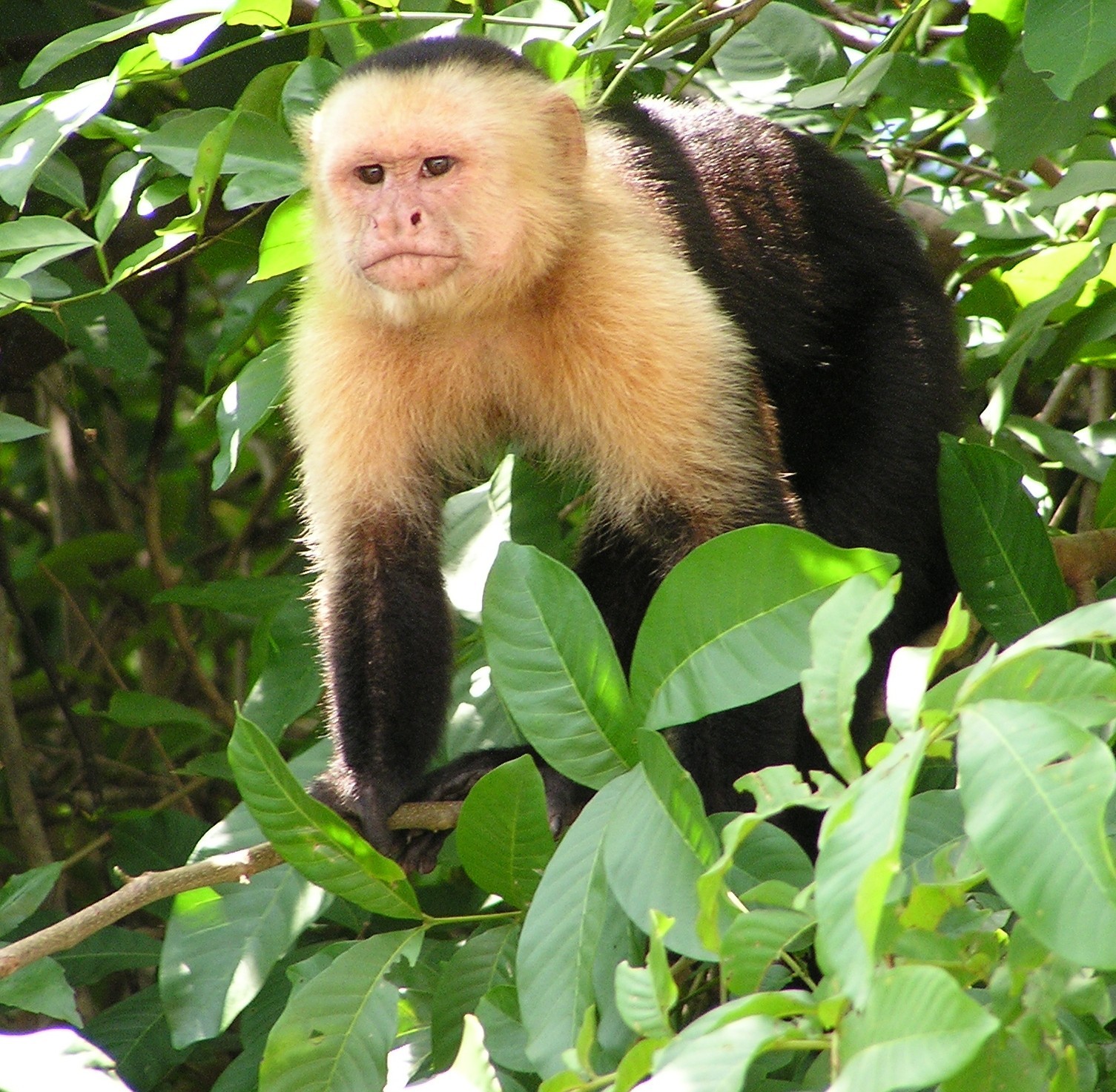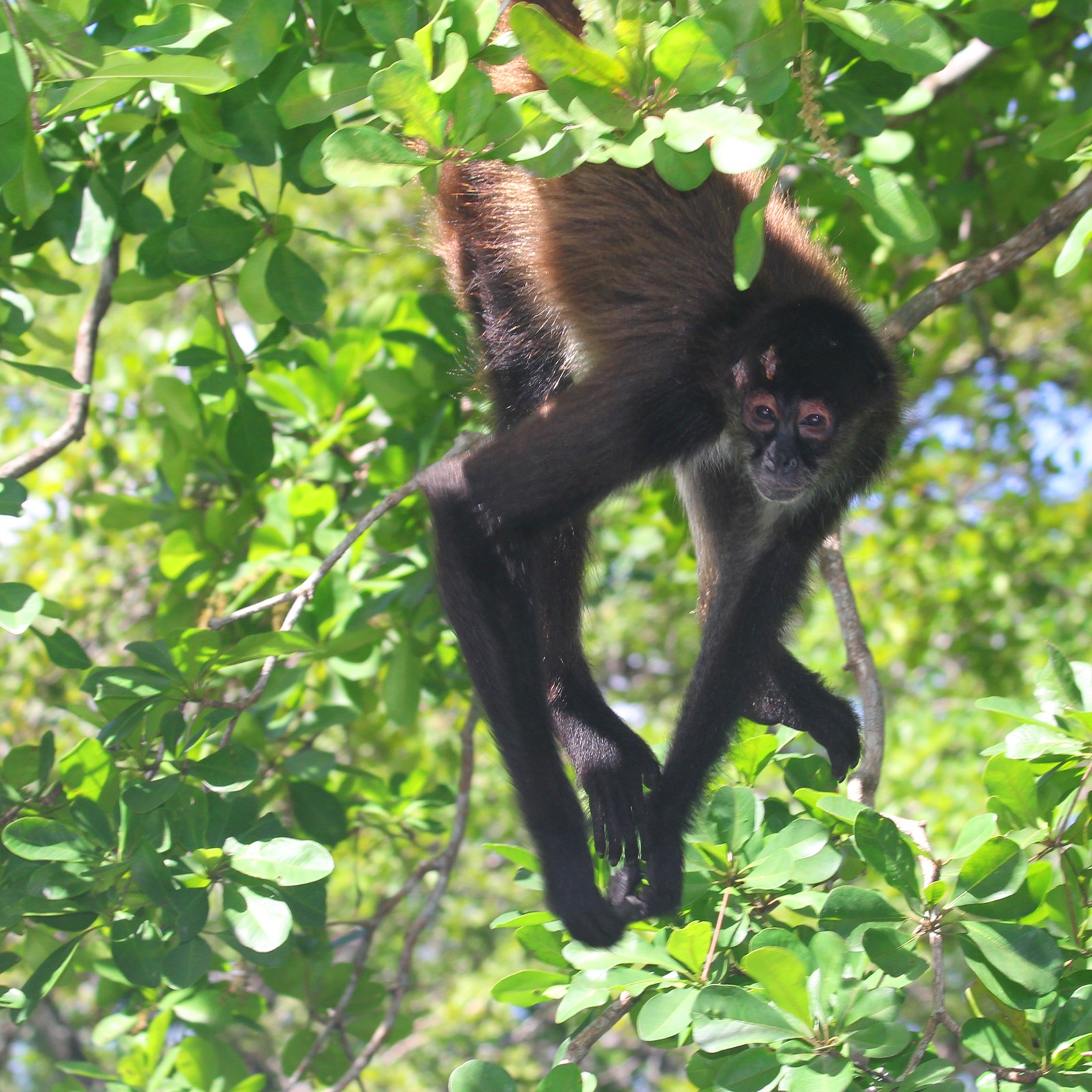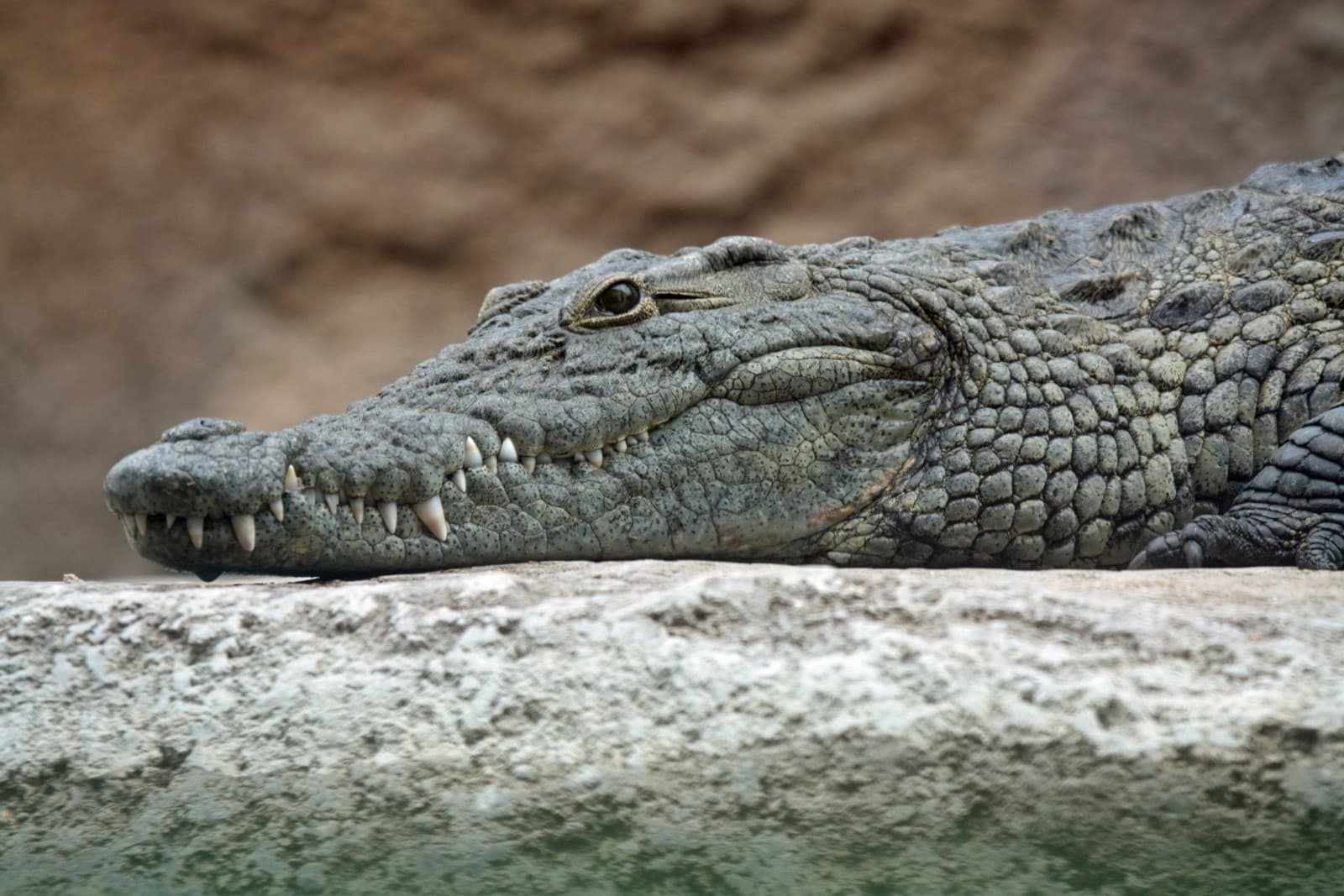Mountain Tapir vs Brazilian Tapir: A Complete Comparison
The Mountain Tapir and Brazilian Tapir represent two distinct adaptations of South America’s largest native land mammals. While the Mountain Tapir thrives in high-altitude Andean cloud forests at elevations up to 14,760 feet (4,500 meters), the Brazilian Tapir inhabits lowland rainforests and wetlands at sea level. The Mountain Tapir is notably smaller, weighing 330-440 pounds (150-200 kg), compared to its larger Brazilian cousin which can reach up to 660 pounds (300 kg).
These remarkable differences reflect millions of years of evolution in vastly different environments. The Mountain Tapir’s thick, woolly black coat and smaller size help it survive in cold mountain climates, while the Brazilian Tapir’s nearly hairless, grayish-brown body is perfectly adapted for swimming and staying cool in tropical lowlands.
Visual Comparison
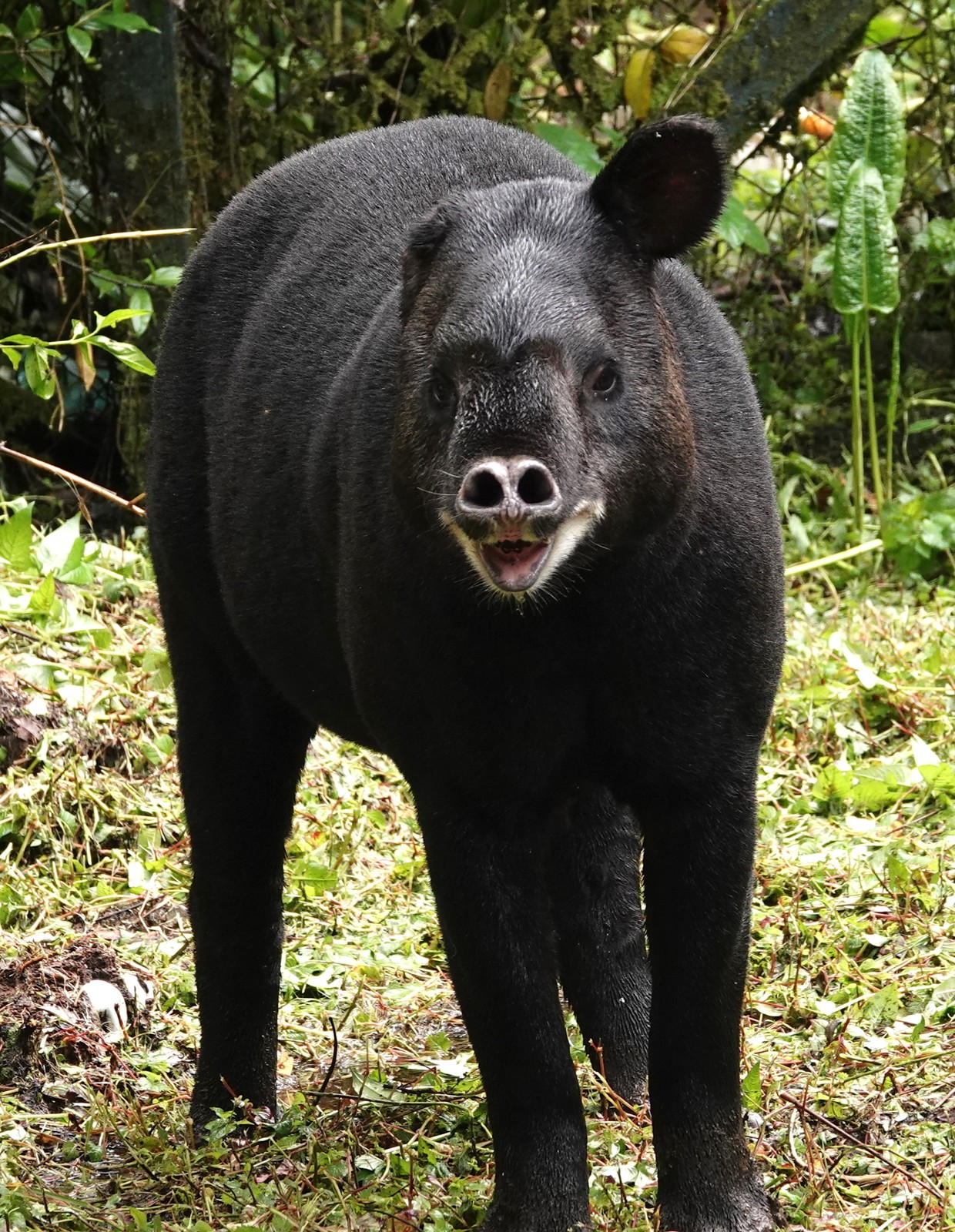
© desertnaturalist / CC BY 4.0
The Mountain Tapir’s distinctive woolly black coat and compact build make it uniquely suited for life in the high Andes. This endangered species is the smallest of all tapir species, yet its robust frame and thick fur provide crucial insulation against harsh mountain conditions.
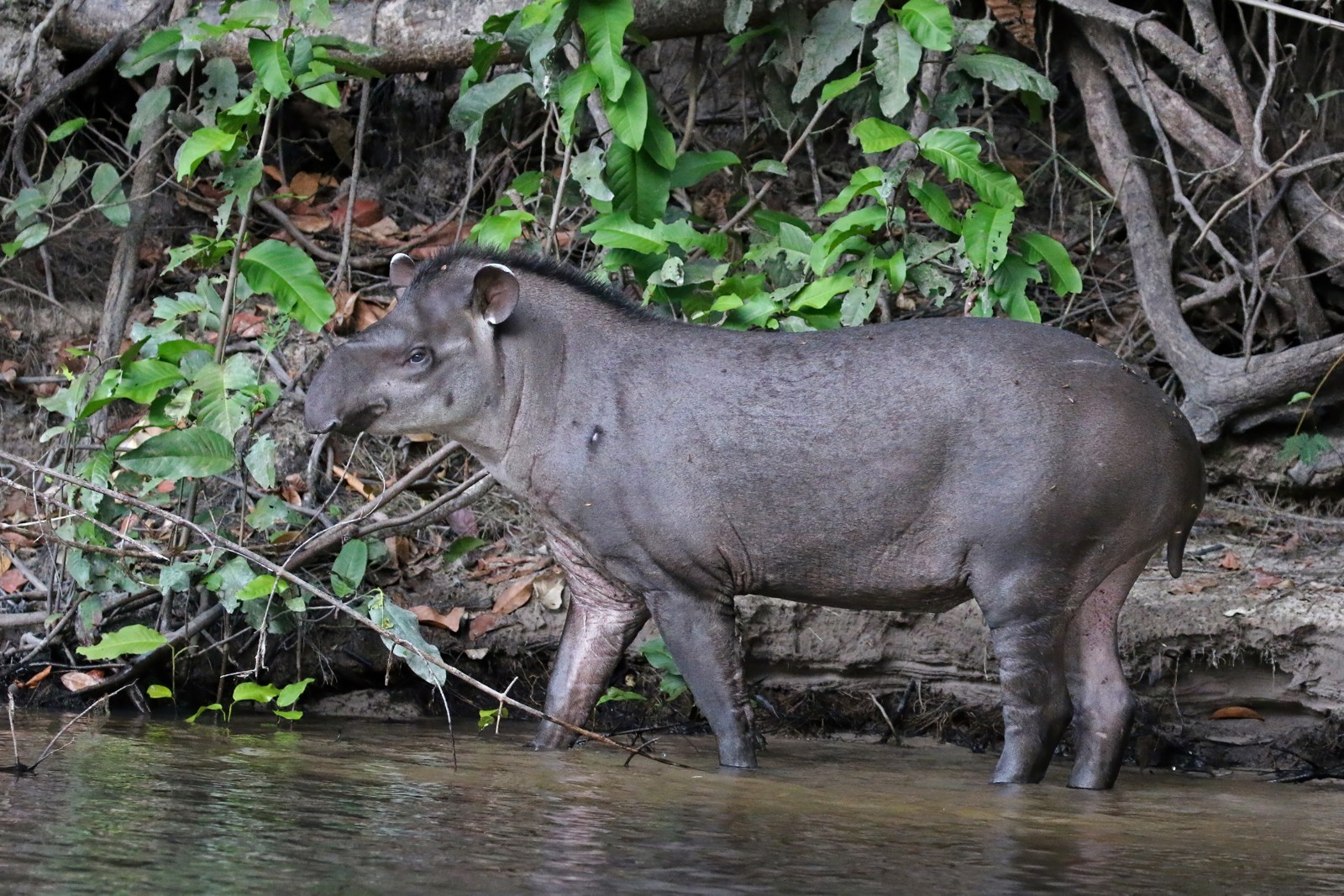
© Charles J. Sharp / CC BY-SA 4.0
The Brazilian Tapir’s smooth, nearly hairless skin and larger size reflect its adaptation to lowland tropical environments. Its semi-aquatic lifestyle is evident in its powerful swimming abilities and preference for riverside habitats.
Key Differences: Mountain Tapir vs Brazilian Tapir
| Feature | Mountain Tapir | Brazilian Tapir |
|---|---|---|
| Size | 330-440 lbs (150-200 kg) | 440-660 lbs (200-300 kg) |
| Habitat | Cloud forests 6,560-14,760 ft (2,000-4,500 m) | Lowland rainforests 0-1,640 ft (0-500 m) |
| Coat | Thick, woolly black fur | Sparse, dark gray to brown hair |
| Diet | Mountain vegetation, bamboo shoots | Lowland fruits, aquatic plants |
| Conservation Status | Critically Endangered | Vulnerable |
| Population | Less than 2,500 individuals | Approximately 45,000 individuals |
Habitat and Distribution
The Mountain Tapir’s range is restricted to the northern Andes of Colombia, Ecuador, and northern Peru, where it plays a crucial role in mountain ecosystem dynamics. These high-altitude specialists rarely descend below 6,560 feet (2,000 meters), preferring misty cloud forests and páramo grasslands.
In contrast, the Brazilian Tapir ranges throughout the Amazon Basin and Atlantic Forest, from Venezuela to northern Argentina. These adaptable creatures thrive in various lowland habitats, from dense rainforest to wetlands and gallery forests, but rarely venture above 1,640 feet (500 meters) in elevation.
Behavioral Differences
Mountain Tapirs exhibit unique behavioral adaptations to their challenging environment. They maintain smaller home ranges of 1.9-2.5 square miles (5-6.5 square kilometers) compared to Brazilian Tapirs, which can roam territories up to 5.8 square miles (15 square kilometers). Mountain Tapirs are also more active during daylight hours, while Brazilian Tapirs are primarily nocturnal.
Conservation Challenges
The Mountain Tapir faces severe conservation challenges, with fewer than 2,500 individuals remaining in the wild. Habitat fragmentation and hunting have reduced their population by over 50% in the past 30 years. Brazilian Tapirs, while also threatened, maintain a larger population of approximately 45,000 individuals and show greater resilience to habitat disturbance.
Diet and Feeding Habits
Mountain Tapirs are specialized browsers, feeding on high-altitude vegetation including bamboo shoots, leaves, and small branches. Their smaller size allows them to navigate steep terrain efficiently while foraging. Brazilian Tapirs consume a more varied diet of fruits, aquatic plants, and leaves, often feeding in or near water bodies where they can easily escape predators.
Both species serve as important seed dispersers in their respective ecosystems, but their different habitats and body sizes influence their ecological roles and dietary preferences significantly.


